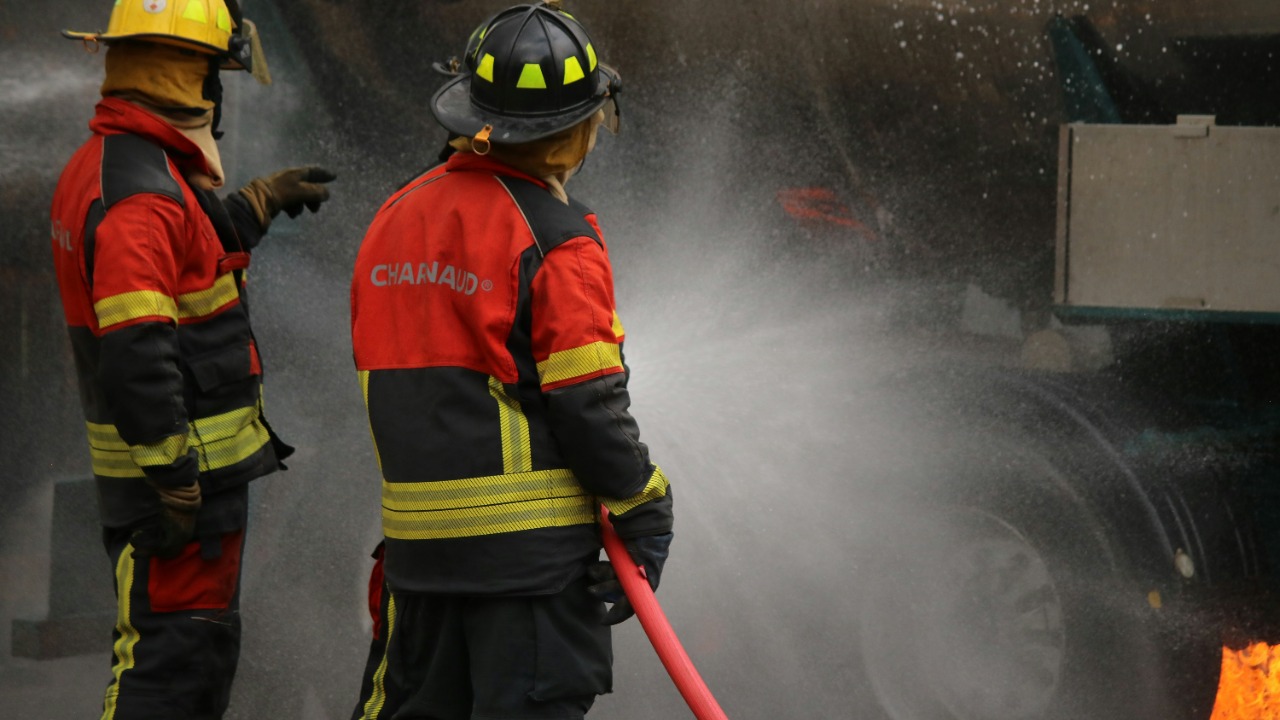
On November 13, 2025, an emergency at Elon Musk’s Boring Company construction site resulted in firefighters sustaining chemical burns. This incident underscores the potential risks associated with the innovative underground infrastructure projects spearheaded by the tunneling firm. As details continue to emerge, the event has sparked immediate concerns about the safety protocols in place for workers and emergency responders.
The Incident Details
Firefighters were called to the scene of an emergency at the Boring Company construction site. In the process of addressing the situation, they sustained chemical burns. The timeline of the response is still being pieced together. The sequence of events leading to the injuries is under investigation, and it is crucial not to speculate on the causes at this stage.
Initial reports suggest that the chemical exposure was directly linked to the construction site. However, the exact mechanism of exposure remains unclear. The focus is on confirming the facts and understanding the circumstances that led to this unfortunate incident at Elon Musk’s Boring Company construction site.
Background on the Boring Company
The Boring Company was founded by Elon Musk with a mission to revolutionize urban transport through tunneling projects. The company’s vision is to alleviate traffic congestion by creating a network of underground tunnels for rapid transit. The construction site involved in the incident is one of many such projects undertaken by the company.
While the company has successfully completed several projects in the past, this incident has brought the spotlight back onto the safety standards at Boring Company sites. As of November 13, 2025, there have been no reported incidents of this nature at any of the company’s construction sites.
Impact on Firefighters
The firefighters who responded to the emergency at the construction site sustained chemical burns. The exact number of affected individuals and the immediate medical outcomes of the incident are yet to be disclosed. The phrase “received chemical burns” underscores the severity of the injuries sustained during the response.
The incident has not only physical but also professional repercussions for the firefighting team involved. The treatment protocols for chemical burns can be complex and recovery timelines can be lengthy, potentially impacting the team’s ability to respond to future emergencies.
Safety Protocols at Construction Sites
Emergency response procedures for chemical hazards at tunneling sites like the Boring Company construction site are typically robust. Regulatory requirements for hazardous materials handling in underground projects are stringent and designed to protect workers and emergency responders.
However, the incident raises questions about potential gaps in these protocols that may have contributed to the firefighters receiving chemical burns. The investigation will likely focus on whether all safety protocols were followed and if any additional measures could have prevented the incident.
Company and Regulatory Response
In the aftermath of the incident, the Boring Company is expected to release a statement or take action. The company’s response will be crucial in addressing concerns about safety at its construction sites. Local authorities and oversight bodies are likely to be involved in investigating the incident.
It is also possible that operations at the construction site may be paused or inspected in response to the incident. The focus will be on ensuring that such an incident does not recur and that the safety of workers and emergency responders is prioritized.
Broader Implications for Tunneling Industry
The incident at the Boring Company construction site could have far-reaching implications for safety standards in the tunneling industry. It serves as a reminder of the risks associated with such projects and the need for stringent safety protocols.
Comparisons may be drawn with similar risks in other high-profile tunneling projects. The incident could also influence public perception of Elon Musk’s ventures in underground engineering, potentially impacting the acceptance and support for such projects in the future.
More from MorningOverview